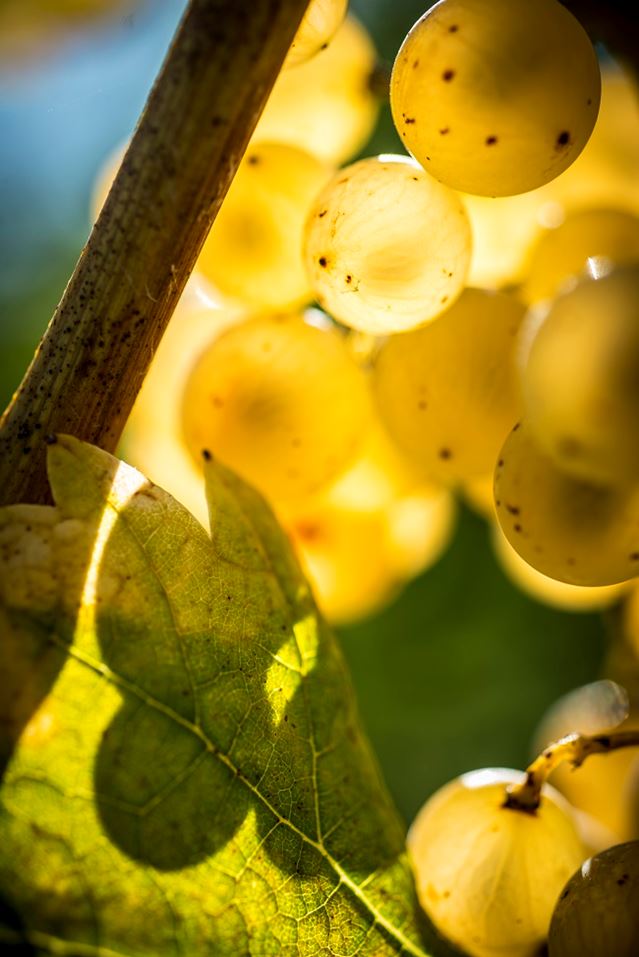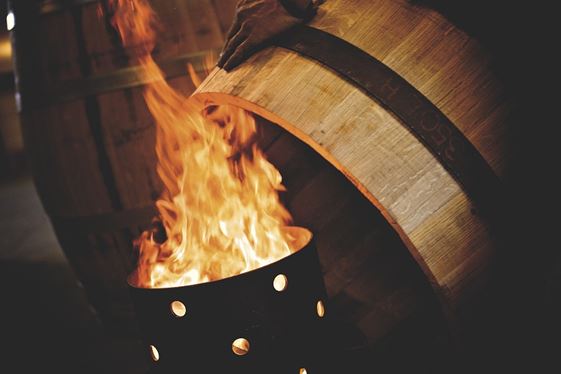
The first key difference is that Armagnac is almost always distilled just once, whereas Cognac eau-de-vie is distilled twice. Both methods have their fans: those in the Cognac camp say the second distillation gives a subtlety and elegance that Armagnac producers could only dream of; whereas Armagnac fans claim their spirit has more character because the more you distil something, the more flavour you strip away.
Furthermore, Cognac is distilled in copper pot stills known as alembic Charentais, while Armagnac is made with column/continuous stills (as they do for grain whisky in Scotland). Pot-still distillation is permitted in Armagnac, but is very much the exception.
Cognac is matured in two types of oak: Tronçais and Limousin. Tronçais is the tighter-grained of the two and ages Cognac more gracefully; Limousin is more porous and adds plenty of tannin and vanilla notes. Limousin oak is also used in Armagnac, but the most popular type is ‘black oak’ casks made from the local Monlezun oak.
The differences don’t end there – the Cognac region is largely made up of chalky soil, whereas sandy soil reigns supreme in Armagnac, and the climate is warmer there, too. In addition, bottles of Armagnac often feature a single grape variety and/or a vintage on the label – but in Cognac, single-variety bottlings are extremely rare, and single-vintage expressions hard to find, too.
When comparing Cognac and Armagnac, it is too simplistic to say one is better than the other. What it comes down to is which style you prefer – and the only way to decide that is try to try plenty of them!

